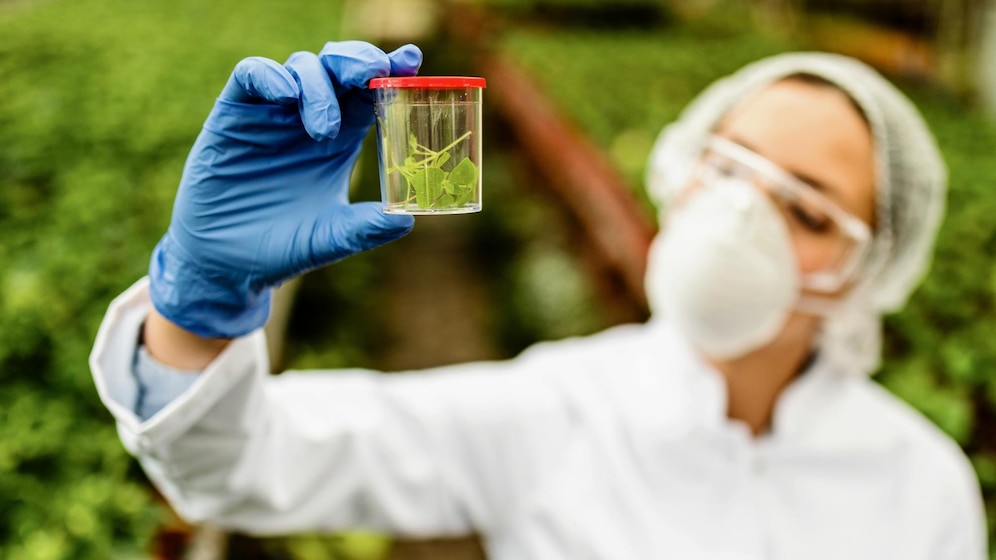CTAB Protocol For Isolating DNA From Plants
Robert Herdt provided a summary of the economic and environmental effects of agricultural biotechnology’s current commercial uses in 2006.
Tissue culture engineering (improving genetically modified organisms), embryonic architecture (crossing non-reproducible plant types), somatic cell hybridization (causing DNA mixing by removing cell walls), and whole genome sequencing are some of the present and future uses he addresses.
Due to ambiguity, genetically engineered foods are associated with ongoing ethical discussions. However, multinational cooperation is increasingly putting good plans for the creation of genetically modified crops into practice.
Here we shall look into one such process that enhances the future of biotechnology in agriculture. In this article, we will discuss the idea behind the CTAB process for isolating DNA from plants.
What Is DNA Isolation From Plant Tissue?
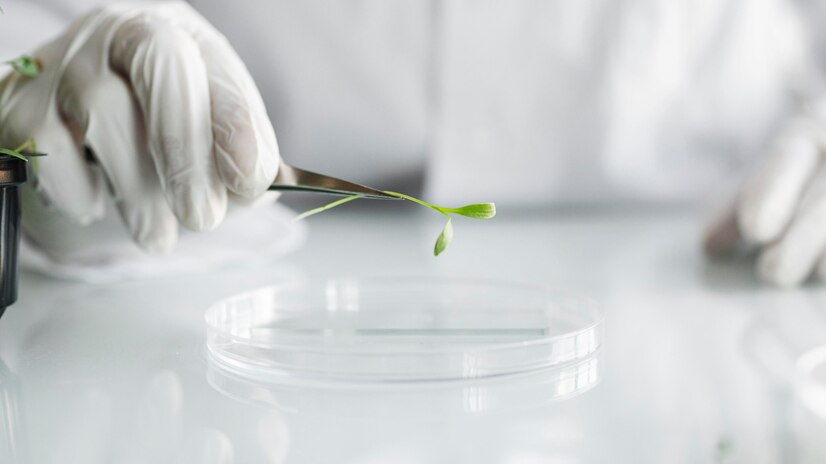
Isolation of high-quality DNA is a prerequisite for molecular research. However, maintaining DNA yield and quality during plant DNA extraction is a more challenging task than for animals.
For plant tissue, 15–20-day-old fresh leaves (fresh, frozen, or frozen in liquid nitrogen) are suitable and are usually broken by the mechanical force of the pistil and motor.
Extraction of plant DNA from frozen tissue is a complex process involving disrupting cell walls, membranes, and nuclear membranes. Most of the protocols developed for DNA extraction are modified versions of Hexadecyl trimethyl ammonium bromide (CTAB) extraction.
Now let us look into the use of CTAB in DNA extraction and its various protocols.
What Is CTAB?
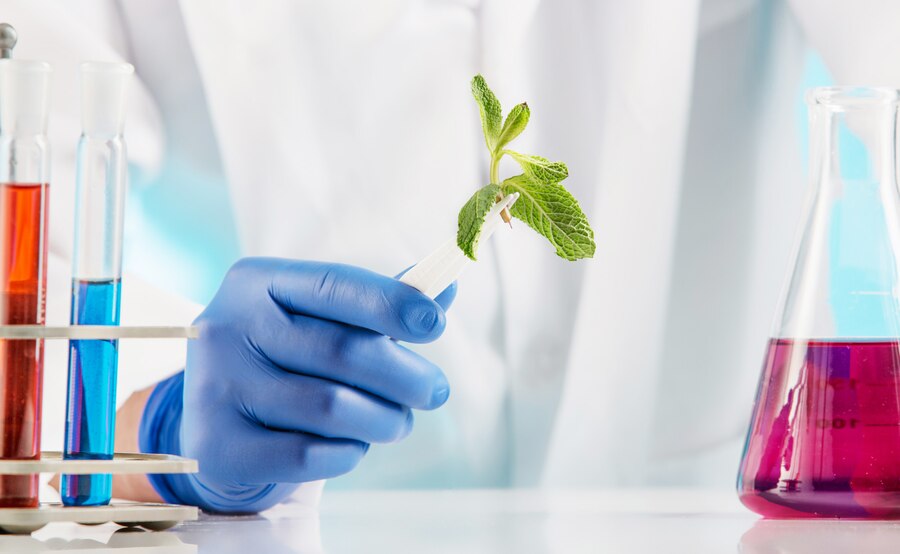
A cationic surfactant called cetyltrimethylammonium bromide (CTAB) is frequently employed to produce and purify genomic DNA from various materials, notably plants.
Because the plant cells are enclosed by a hard cell wall, removing DNA from plant tissues can be quite difficult. In addition, two types of plant macromolecules, polysaccharides, and polyphenols differ greatly amongst plant species. Therefore, these plant macromolecules also pose significant challenges for DNA extraction.
Additionally, the utilization of the polymerase chain reaction (PCR) and other downstream applications might be hindered by the presence of polysaccharides and polyphenols in a DNA preparation.
Polyvinylpyrrolidone, a polyphenol binding agent, is used in our CTAB Extraction Buffer to extract polysaccharides and polyphenols efficiently. Plant samples must normally be homogenized in CTAB Extraction Buffer as part of CTAB methods in order to pellet the debris and polysaccharides before centrifugation.
Since both DNA and RNA are present in the DNA extract prepared using this approach, RNA may be easily eliminated by adding RNase A. Before being redissolved in an aqueous solution, the DNA is precipitated and cleaned with organic solvents.
Our CTAB Extraction Buffer is of molecular biology grade and has undergone quality control testing for sterility. It includes 20 mM EDTA-Na2H2O, 2% CTAB, 1.4 M NaCl, and 100 mM Tris.
What Is The CTAB Method In DNA Isolation Procedure?
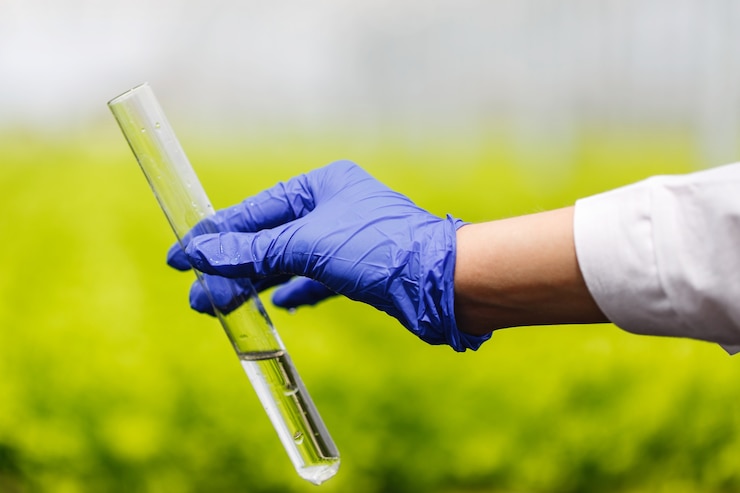
It can be difficult to extract DNA (deoxyribonucleic acid) from plant tissue because different plant species have very different biochemical makeups. After isolation, DNA modification can be hampered by contaminating polysaccharides and polyphenols.
High molecular weight DNA may be isolated using phenol or chloroform, although both substances are dangerous.
The CTAB approach with solid phase extraction works well for experiments where smaller DNA fragment sizes are acceptable since it stays away from phenol and chloroform.
For the extraction and purification of DNA from leaves and seeds, cetyltrimethylammonium bromide (CTAB) is the “go-to” procedure. Cell lysis is aided with a CTAB buffer, which also stops secondary metabolites from obstructing DNA extraction.
It was created in the 1980s, and since then, several adjustments have been made for usage with various plant species.
Here’s how the process goes—
CTAB entails tissue dissection and liquid nitrogen freezing of the plant sample. Grind in a mortar or blender after freezing. The tissue is ground before being placed in a tube and placed in an anaerobic environment until it is prepared for further processing.
Following the lysis of plant cells, RNA is digested with RNase A, and DNA is separated from other cellular components using a phenol/chloroform extraction method.
DNA and other polar molecules remain in the aqueous phase, whereas nonpolar molecules go into the organic phase. To get rid of salts added during extraction, the precipitate is centrifuged into pellets and washed with 70% ethanol.
Things You Need To Consider For CTAB Procedure
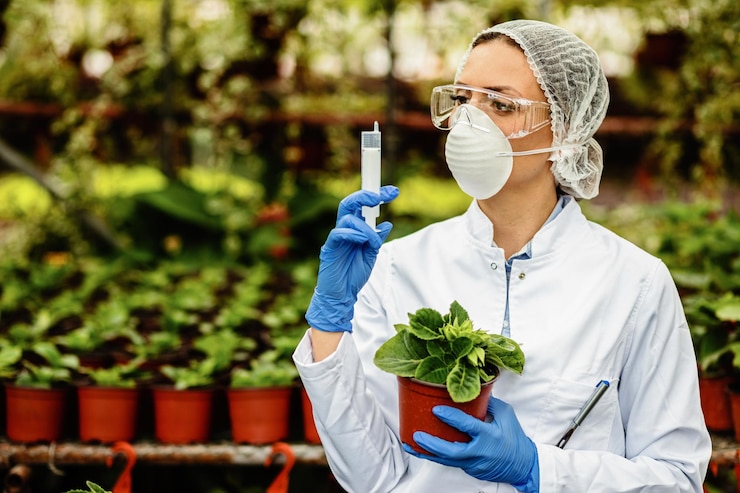
The CTAB method is biochemically simple, easy to learn, and relatively inexpensive. However, in practice, the protocol is long, tedious, and has low throughput.
There are several limitations that you might have to consider when going for a CTAB procedure—
- There are more than 20 steps in the protocol and the time required to complete the DNA extraction increases as the number of samples increases.
- The thinner the tissue, the more efficient the DNA extraction.
- Tissue disruption can vary from sample to sample, resulting in significant differences in extraction efficiency and DNA quality.
- Various types of biochemicals in plant tissue can precipitate with DNA, inhibiting downstream applications that rely on thermostable DNA polymerases such as PCR.
Frequently Asked Questions (FAQs)
Ans: CTAB is used to break the membrane and the chloroform-isoamyl alcohol mixture. This process helps separate contaminants in the organic phase and nucleic acids in the aqueous phase.
Ans: To autoclave CTAB buffer, add Tris and EDTA to the solution and then autoclave. It does not matter if the CTAB and NaCl are not completely dissolved.
After autoclaving, the solution becomes transparent. The solution is clear after autoclaving, so don’t worry if it becomes cloudy or discolored. Follow the instructions below
Ans: The main role of the monovalent cations and ethanol is to remove the solvation shell surrounding the DNA, allowing the DNA to precipitate into a pellet.
Ethanol also promotes DNA aggregation. Typically, about 70% of the ethanol solution is used in the DNA washing step.
Ans: DNA extraction is an integral part of the plant genetic modification process. Many farms use this method to extract DNA from an organism with the desired trait and then implant it into the plant’s genome.
Today’s rapid advances in molecular biology require scientists to use technology at the molecular level to do well in the agricultural industry.
DNA technology can be used for genetic analysis of crop seed background, cultivar identification, genetic improvement of crops, and analysis of growth status, giving very good results.
As modern DNA technology becomes more widely used in agriculture, today’s major problems such as food, population, pollution, and other issues facing our world will find better solutions.
In the end, biotechnology’s contribution to agriculture aims to enhance human welfare and maintain a sufficient level of food security.
Read Also:
- 9 Benefits Of Peas For Health And Nutrition
- 5 Tips to Keep Your Teeth White and Avoid Stains
- What Are Blood Cell Disorders? Symptoms,Treatment, And Prevention
